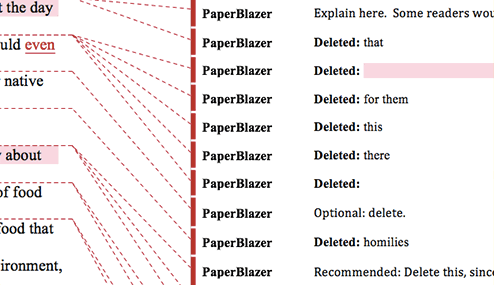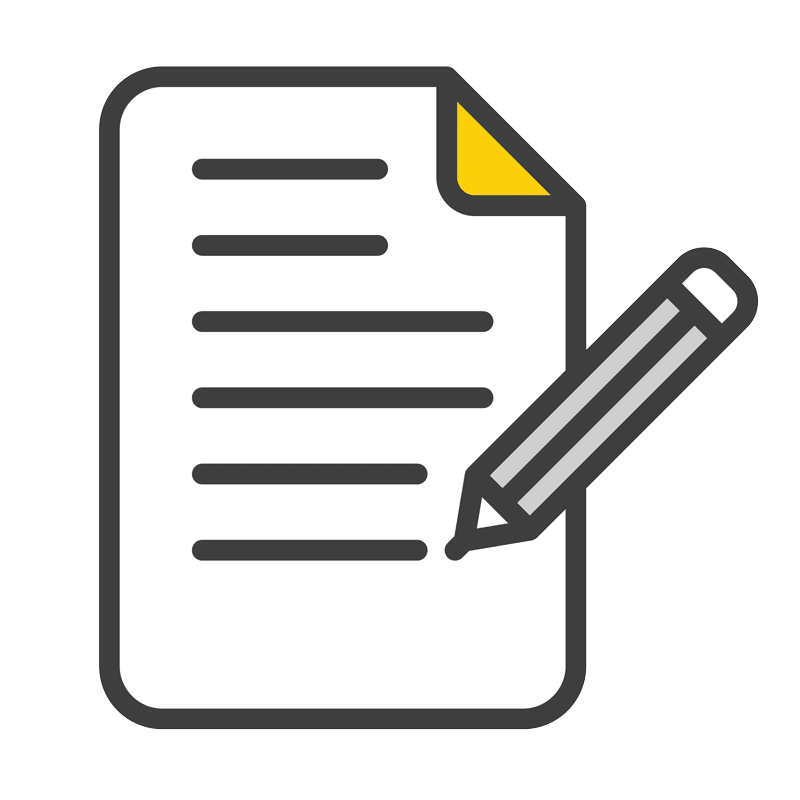Need to write a poetry analysis paper? Trying to understand a poem and write a paper for English class?
Here are some essential tips to get you started. Use these steps to write a good poetry analysis for your literature course.
- Read the poem multiple times. Some poems communicate a clear meaning on the first reading, but subsequent readings reveal further depth. Other poems might be confusing on the first, or even second read, and require several readings. Don’t be frustrated by this, since all readers reread poems. Most poems are short or short enough to read more than once, so be sure to do that.
- Interpret the meaning. After reading the poem, ask yourself, “What does this mean?” This can be tricky for a number of reasons: (1) any art “experience” cannot be condensed to a proposition, and a poem provides an experience for the reader; (2) some poems communicate multiple messages — which can be thought of as “multivalent” meaning; (3) some people question whether there can be a single meaning. That said, remember that authors always have a purpose, so as best you can, try to understand what that purpose is.
- Look for the author’s strategy. To analyze a poem, go beyond interpretation. See what techniques the author uses to communicate the meaning (which you determined in step 2). In other words, the author had a plan when writing, so your goal is to analyze that. Ask yourself, “How does the way in which this was written support what is written?” To compare, this is like transitioning from “This is a tall house” to “This two-story house features a marble staircase, which was built by…” Dig in further to study the how.
- Find the rhymes. Technically, a rhyme is a literary or poetic device — words that share similar ending sounds — though we don’t often think of them in a technical sense. When we think of poems, we often think of rhyming, since most poems include rhymes. Be aware that poems usually have a rhyming scheme (e.g., A, B, A, B) so look for that. Also be aware that some poems, especially modern poems, do not use any rhymes or instead use “slight rhymes” (words that kind of rhyme, but not in the most obvious way).
- Find other poetic devices. Poetic devices are basically language “tools” used by an author. The point of such devices is to communicate better and more artfully. Rhyme is one of these, but there are many others. Poetic devices include, but are not limited to, the following:
- Repetition – a word, phrase, or idea appears more than once, usually in close proximity.
- Alliteration – words that repeat the starting letter of surrounding words.
- Simile – comparing things in terms of “like” or “as” (e.g., My friend dances like an angel.)
- Metaphor – comparing two things in terms of “is” (e.g., An angel went dancing with me.”)
- Hyperbole – exaggerating or overemphasizing an idea.
- Assonance – repeating vowel sounds within words.
- Personification – describing an inanimate thing or invisible idea in personal, human, or lifelike ways.
Once you’ve written your paper, be sure to proofread and edit carefully. Ask your teacher, peers, tutors, and family members to give you advice.
Remember that PaperBlazer is here to help. So if you need someone to review your paper and offer feedback, let us know. We can proofread and edit any document.








